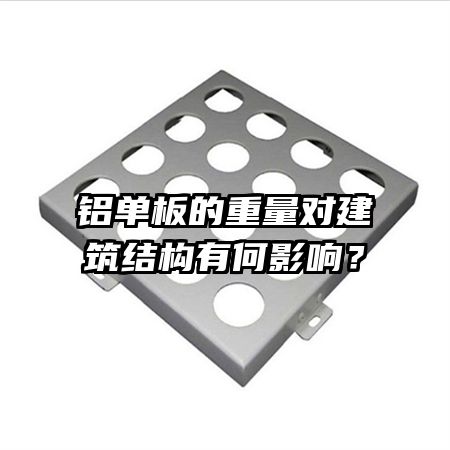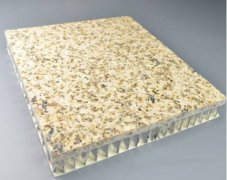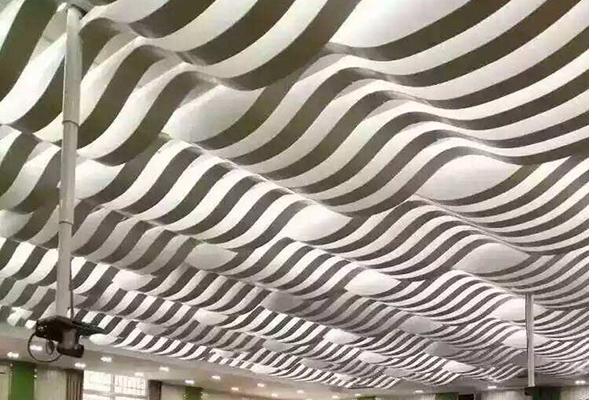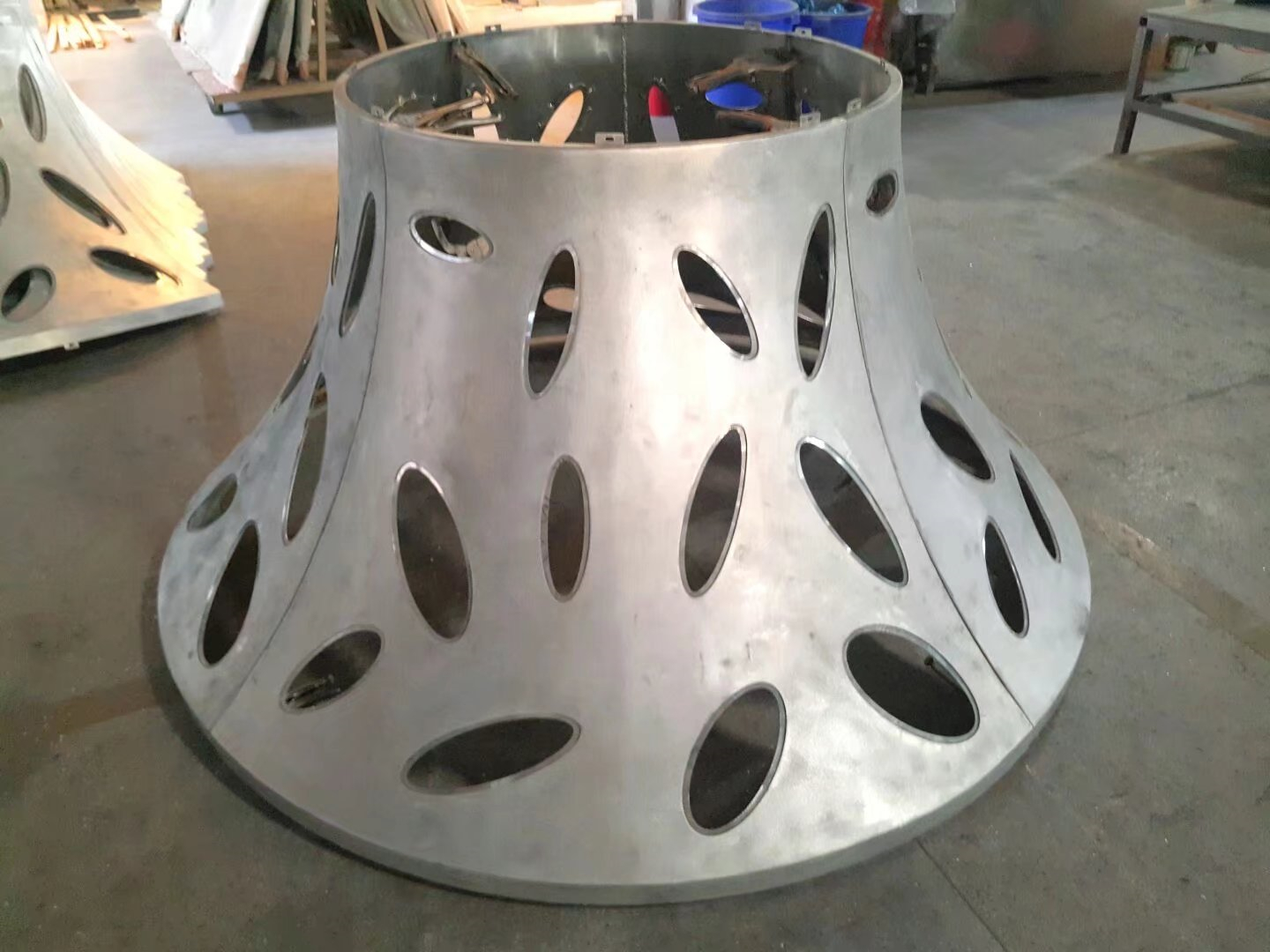Frequently asked questions
Company News
- Aluminum veneer customization, creating your exclusive art space
- Imitation stone patterned aluminum veneer: the "natural" choice for modern architecture
- Stone patterned aluminum veneer, the natural elegance of modern architecture
- Aluminum veneer: a low-key and luxurious architectural "coat"
- Aluminum veneer: the light of technology hidden in architecture
Industry dynamics
- Exploring stone patterned aluminum veneer: the new darling of the aluminum industry
- The advantages of aluminum veneer are durability, aesthetics, and environmental friendliness
- How to avoid misunderstandings in the installation of aluminum veneer?
- Analysis of Design and Construction Points for Curved Painted Aluminum Veneer
- Imitation wood grain aluminum veneer: a perfect fusion of nature and industry
Frequently asked questions
- Is the fire resistance of aluminum veneer related to its material?
- What is the discoloration performance of aluminum veneer?
- What is the anti mold performance of aluminum veneer?
- Can aluminum veneer be used for architectural arch design?
- Can aluminum veneer be applied to different styles of architectural exterior design?
contact us
Mobile:+86 15627778610
Email: 2201229786@qq.com
Address: No. 5 Binjiang Road, High tech Zone, Zhaoqing City, Guangdong Province
What impact does the weight of aluminum veneer have on building structures?
- Author: Supreme Building Materials (Guangdong) Co., Ltd
- Release time: 2022-03-05 02:28:41
- Click:0

Aluminum veneerWhat impact does the weight have on the building structure?
Abstract: This article will elaborate on the impact of the weight of aluminum veneer on building structures from four aspects, including structural strength, building design, construction cost, and sustainability. Provide support and evidence by citing relevant research and viewpoints.
1、 Structural strength
1. The weight of aluminum veneer directly affects the strength and stability of building structures. Lightweight aluminum veneer can reduce the load on buildings, lower the pressure and stress distribution of the structure, and thus improve the overall structural strength.
2. Compared to traditional building materials such as concrete and steel, aluminum veneer has a lower density and a higher strength to weight ratio. This makes aluminum veneer perform well in resisting natural disasters and external impacts, such as earthquakes, storms, and fires.
3. Research has shown that using aluminum veneer as building exterior wall material can improve the overall seismic resistance and stability of the structure, reducing the risk of damage and collapse during earthquakes.
2、 Architectural Design
1. The lightweight characteristics of aluminum veneer make building design more flexible and diverse. Compared to traditional materials, aluminum veneer can achieve designs with larger spans, reduce the need for supporting structures, and provide greater space and freedom.
2. Aluminum veneer is lightweight, making it convenient for the design of cantilever and cantilevered structures. This design can create unique architectural forms, enhance the beauty and visual effects of the building.
3. In addition, the plasticity and processability of aluminum veneer also make architectural design more flexible. Aluminum veneer can be made into various shapes and curves through cutting, bending, and welding to meet different architectural styles and needs.
3、 Construction cost
1. Compared to traditional materials, aluminum veneer is lighter in weight, making transportation and installation more convenient and efficient. Reduced the investment in manpower and mechanical equipment, thereby lowering construction costs.
2. Aluminum veneer has good processability and can be customized for production according to building needs, reducing waste and material costs. In addition, the maintenance cost of aluminum veneer is relatively low and does not require frequent repair and replacement.
3. Research shows that using aluminum veneer as building exterior wall material can significantly shorten the construction period and improve construction efficiency. For large-scale construction projects, this can save a lot of time and manpower resources.
4、 Sustainability
1. Aluminum veneer is a recyclable material with low environmental impact. By recycling and reusing, resource consumption and waste generation can be reduced, and the pressure on the natural environment can be lowered.
2. Compared to other materials, the production process of aluminum veneer can reduce a significant amount of carbon dioxide emissions and energy consumption. This is in line with the concept of sustainable development and contributes to the environmental protection and carbon reduction goals of the construction industry.
3. Aluminum veneer has excellent weather resistance and corrosion resistance, which can extend the service life of buildings, reduce the demand for new materials and resource consumption. This has positive implications for the promotion of sustainable and green buildings.
5、 Summary:
In summary, the weight of aluminum veneer has a significant impact on building structures. It can improve the strength and stability of the structure, bring more flexibility to architectural design, reduce construction costs, and meet the requirements of sustainable development. With the widespread application of aluminum veneer in the construction industry, we can expect it to play a greater role in future development.







 Customer service QQ
Customer service QQ